Parts
Do You Shift Gears While Pedaling?
When it comes to cycling, knowing when and how to shift gears can make a significant difference in both your performance and enjoyment. Gears are an integral part of most bicycles today, allowing riders to navigate various terrains with ease and efficiency. So Do You Shift Gears While Pedaling? Let’s find out more details with HookBike’s in the following article.
Why Shifting Gears Matters?
Shifting gears in a vehicle, whether it’s a car, motorcycle, or bicycle, is a fundamental aspect of controlling speed, power, and efficiency. Here’s why shifting gears matters:
Optimal Power Delivery: The engine of a vehicle generates power within a particular range of revolutions per minute (RPM). This range is often called the power band. By shifting gears, the driver can keep the engine operating within this optimal RPM range, ensuring the vehicle receives the right amount of power when needed.
Fuel Efficiency: Operating in the correct gear can optimize fuel consumption. For example, driving in a higher gear at a low speed can strain the engine and lead to higher fuel consumption. Conversely, driving in a lower gear at high speeds can also be inefficient and result in wasted fuel.
Protection from Over-revving: Most engines have a redline or a maximum RPM they can safely handle. Exceeding this redline can damage the engine. Shifting gears ensures that the engine operates within safe RPM limits.
Control During Varying Conditions: Different driving conditions, such as uphill climbs, downhill descents, or towing heavy loads, require different amounts of power. Shifting gears allows the driver to adapt to these conditions. For instance, climbing a steep hill might require downshifting to provide more power.
Starting and Stopping: The vehicle requires a lot of power to start moving from a standstill, which is why it starts in first gear. As the vehicle gains momentum, less power is needed to maintain or increase speed, so the driver shifts to higher gears. When stopping, downshifting or neutral can prevent stalling.
Maximizing Momentum on Bicycles: For bicycles, shifting gears allows the rider to maintain a comfortable and efficient cadence (pedaling speed) regardless of terrain. It can be easier to pedal uphill in a lower gear and more efficient to pedal downhill in a higher one.
Safety: In certain situations, like when slowing down quickly or navigating slippery roads, being in the correct gear can provide better vehicle control, thereby increasing safety.
Shifting gears allows for optimal vehicle performance and efficiency, protects the engine, and ensures safety and control under various driving conditions. It’s an integral part of understanding and effectively operating a vehicle.
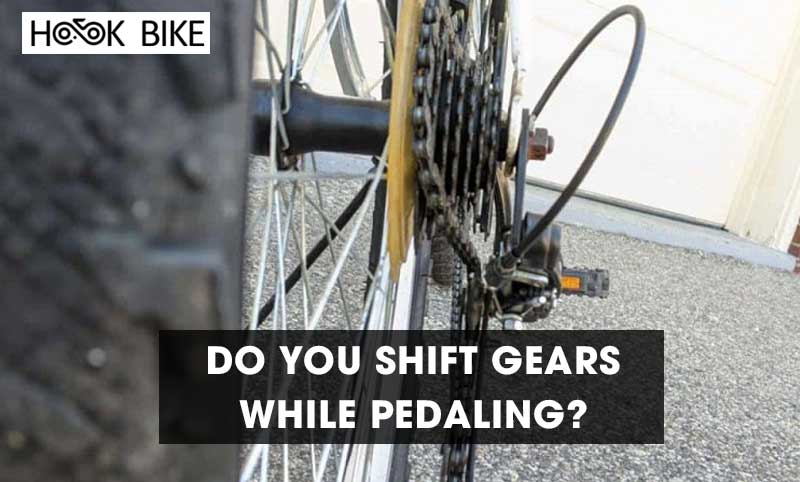
Do You Shift Gears While Pedaling?
Yes, when you’re riding a bicycle equipped with derailleur gears, you generally shift gears while pedaling. However, the way you pedal during a shift is important. Here’s a breakdown:
The Mechanics of Shifting Gears
Modern bicycles come equipped with derailleur systems that move the chain between different-sized cogs and chainrings. As you shift gears, you are essentially adjusting the resistance of your bike. A lower gear (larger cog) is best for uphill climbs, while a higher gear (smaller cog) is ideal for descents and flat terrains.
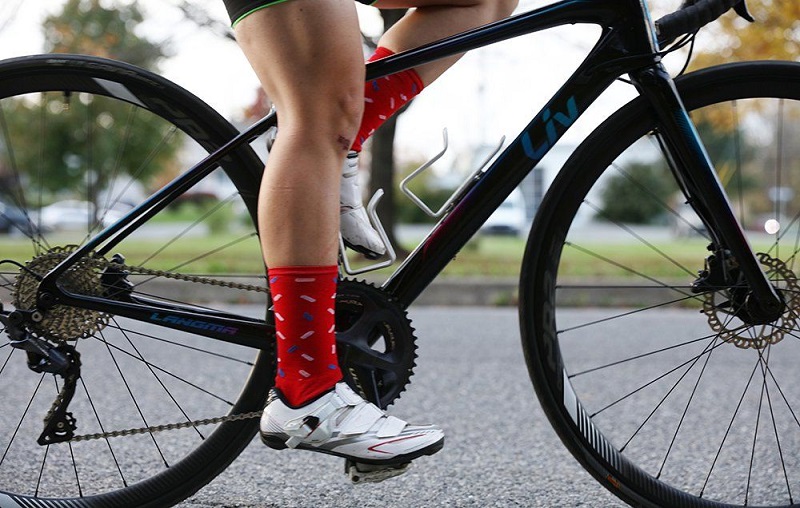
The Art of Timing: When to Shift Gears?
- Uphill Climbs: When approaching an incline, shift to a lower gear before the ascent becomes too steep. This will allow you to maintain a steady cadence without exerting excessive force.
- Downhill Descents: As you approach a downhill slope, shift to a higher gear to harness the gravity and maintain control.
- Flat Terrains: On level grounds, find a gear that allows you to pedal comfortably, maintaining a cadence between 70-90 RPM.
- Into the Wind: Wind resistance can feel like an uphill battle. Shift to a slightly lower gear to maintain momentum without tiring quickly.
See more: What do the different gears on a bike mean?
Proper Technique: Shifting Gears While Pedaling
It’s crucial to shift gears while maintaining a consistent pedaling rhythm. Here’s a step-by-step guide:
- Anticipate the Shift: Recognize the terrain change and prepare to adjust your gears accordingly.
- Lighten the Pedal Pressure: As you initiate the shift, ease up on the pedal pressure but continue to pedal.
- Shift Smoothly: Use your bike’s shifters to move to the desired gear.
- Adjust Your Cadence: After the shift, find your optimal pedaling rhythm for the terrain.
When using a bicycle with derailleur gears, it’s best to shift while pedaling lightly to ensure smooth and efficient gear changes. However, always be conscious of your terrain and the needs of your drivetrain to get the best performance and longevity out of your bicycle.
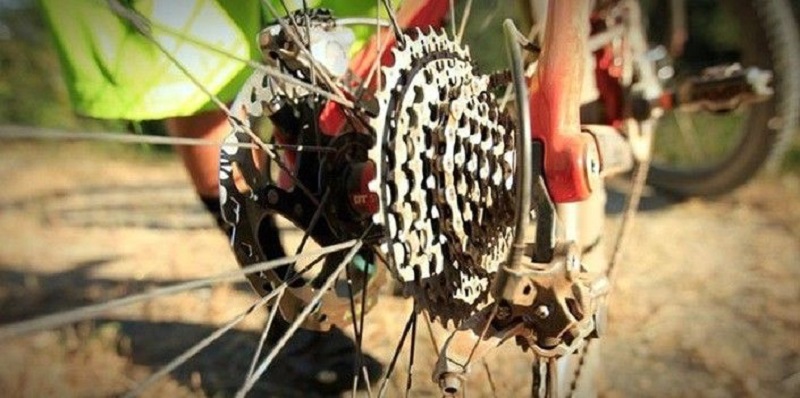
Common Mistakes to Avoid
- Cross-Chaining: This is when the chain is on the smallest cog at the back and the smallest chainring at the front, or vice versa. It stretches the chain and can wear out your components faster.
- Shifting Under Heavy Load: Avoid shifting gears when pedaling hard, as this can cause the chain to skip or even break.
- Not Shifting at All: Sticking to one gear limits your efficiency and can wear you out quickly.
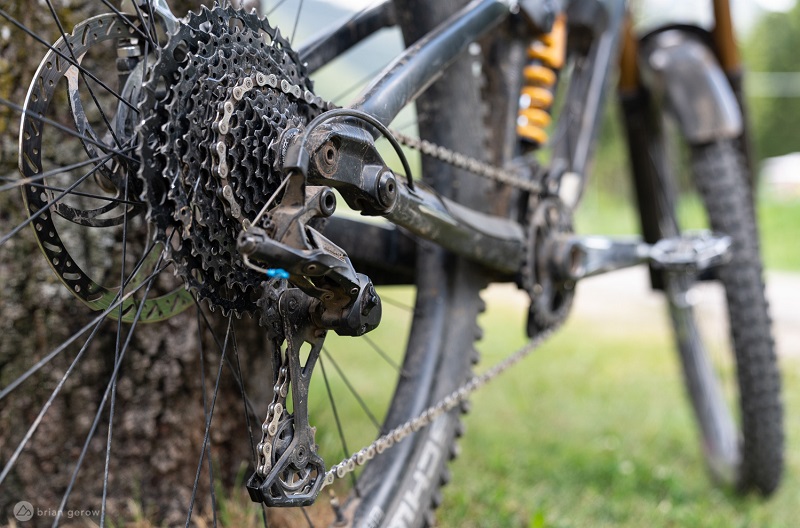
Maintaining Your Gearing System
Maintaining the gearing system of your bicycle is crucial for ensuring smooth shifting, prolonging the life of the components, and ensuring safe operation. Here are steps and tips for maintaining your bicycle’s gearing system:
Regular Inspection:
- Check the chain for wear, rust, or stiff links.
- Examine the derailleur for any visible damage.
- Inspect the cassette (rear gears) and chainrings (front gears) for worn or bent teeth.
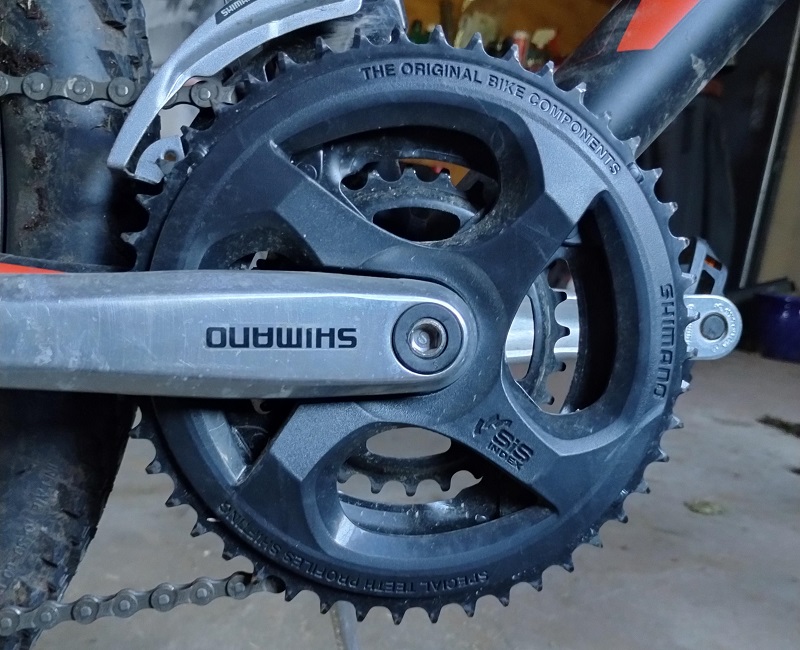
Clean the Chain:
- Use a chain cleaning device or a brush to scrub the chain.
- Alternatively, remove the chain and immerse it in a degreaser solution.
- Always rinse the chain with water after using a degreaser and let it dry before applying lubricant.
Lubricate the Chain:
- Apply a quality chain lubricant specially designed for bikes.
- Ensure you lubricate the inner sides of the links, as that’s where most friction occurs.
- Wipe off any excess lubricant to prevent it from attracting dirt.
Clean the Cassette and Chainrings:
- Use a brush or an old toothbrush to scrub between the teeth.
- If heavily soiled, remove the cassette and chainrings for a more thorough cleaning.
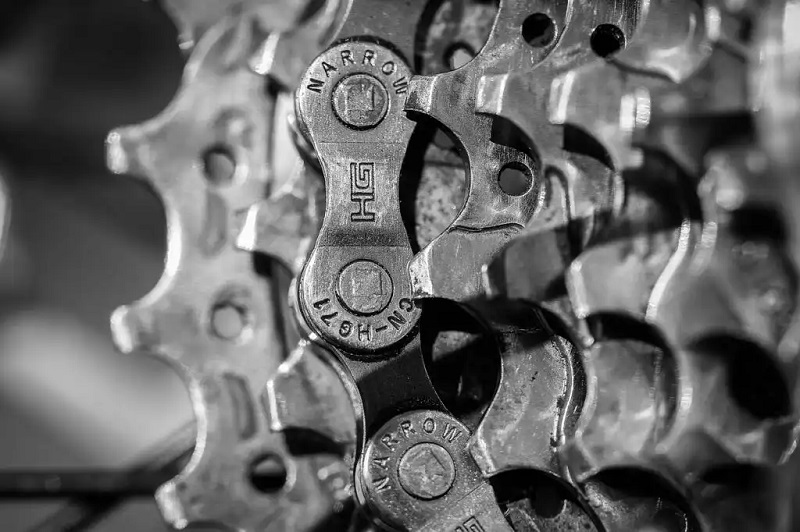
Adjust the Derailleurs:
- Ensure that the front and rear derailleurs are aligned correctly.
- Adjust the limit screws to prevent the chain from falling off the largest or smallest cogs.
- Check the cable tension for proper shifting. If the gears aren’t shifting smoothly, you might need to adjust the tension.
Replace Worn Components:
- Chains wear out and elongate over time. Using a chain wear indicator tool, check for wear and replace if necessary.
- Worn out chains can cause premature wear on cassettes and chainrings. Typically, for every 3 chains, you may need to replace the cassette.
- Check jockey wheels on the rear derailleur for wear and replace if they’re looking worn or if they wobble.
See more: Is gear 1 high or low on a bike?
Maintain Gear Cables:
- Check cables for fraying, rust, or damage.
- Replace old cables and housings regularly for smooth shifting.
- Lubricate the inner cables with a light lubricant to ensure smooth operation.

Check the Derailleur Hanger:
- This small piece of metal attaches the rear derailleur to the bike and is designed to bend or break in a crash to save the more expensive derailleur.
- Ensure it’s straight. If it’s bent, it can be realigned using a special tool, but if it’s damaged, replace it.
Regular maintenance, combined with periodic checks by a professional, will ensure that your bicycle’s gearing system operates smoothly and lasts longer.
Final Thoughts on Shifting Gears While Pedaling
Mastering the art of shifting gears while pedaling can significantly enhance your cycling experience. It allows you to tackle diverse terrains, conserve energy, and enjoy smoother rides. By understanding the mechanics, honing your technique, and maintaining your bike’s gearing system, you’ll be well on your way to cycling like a pro.

